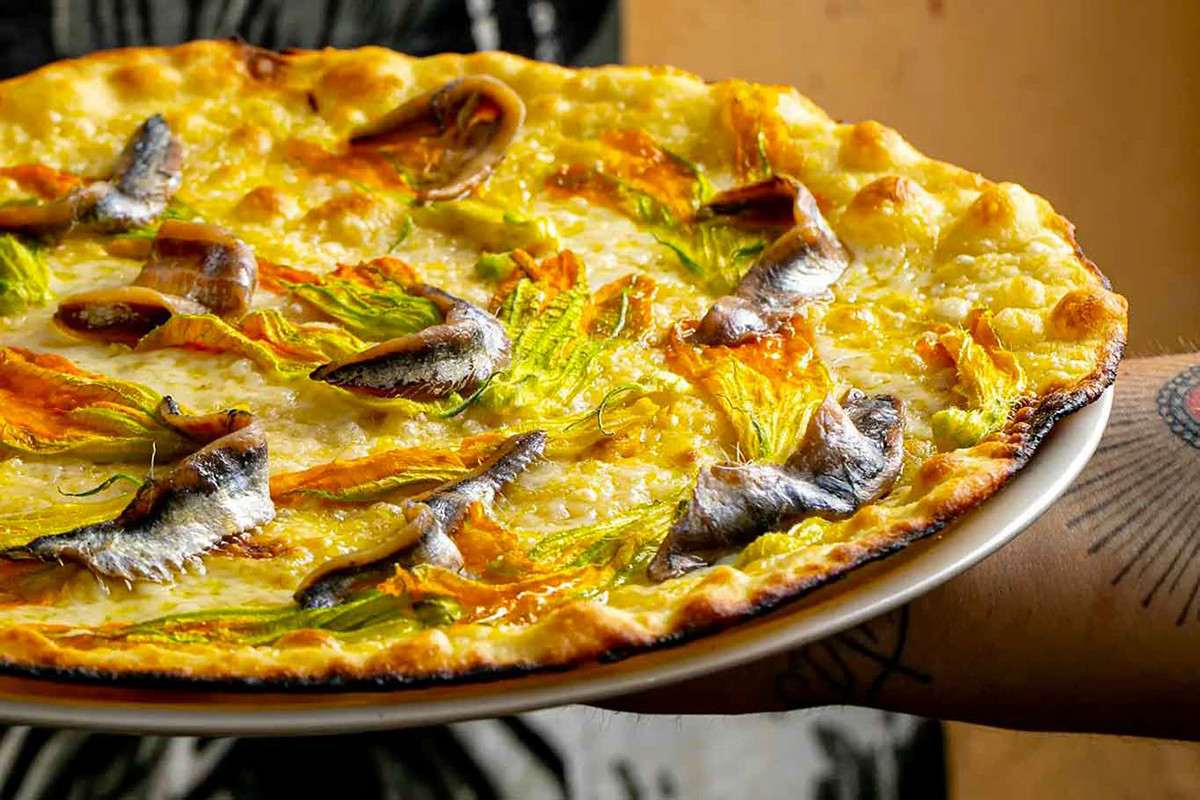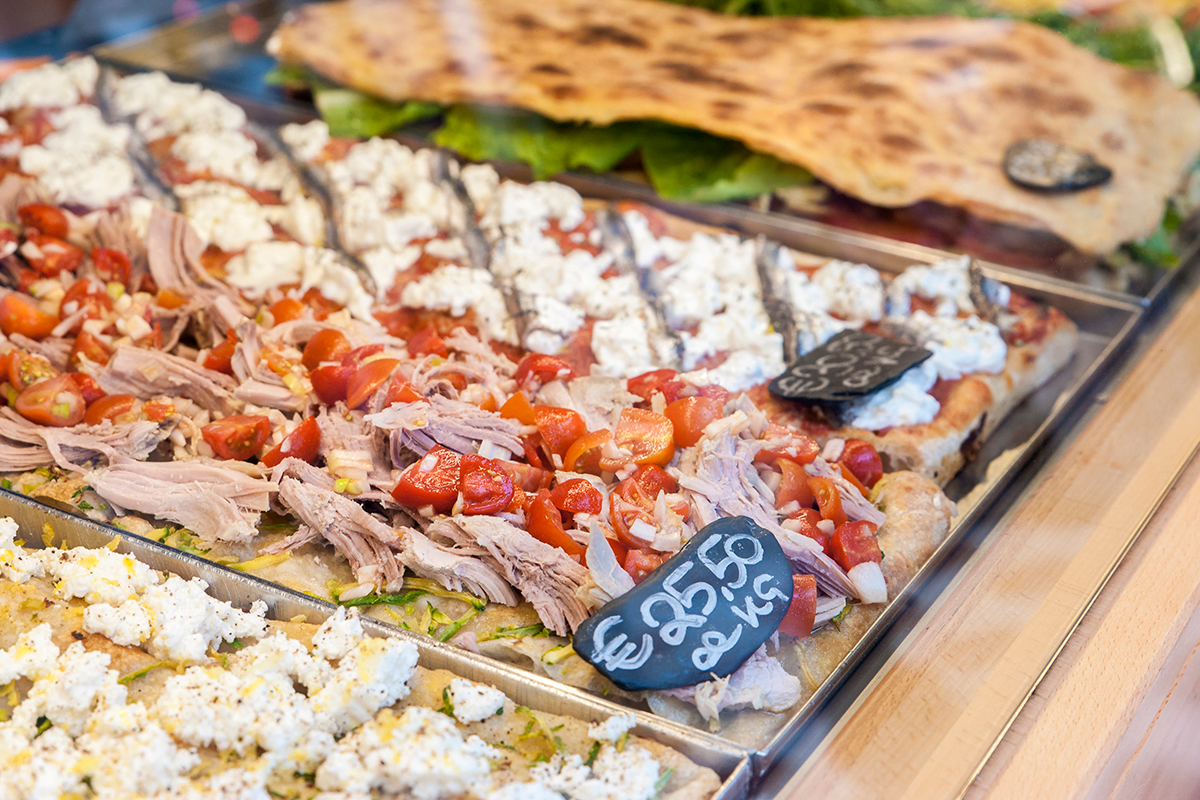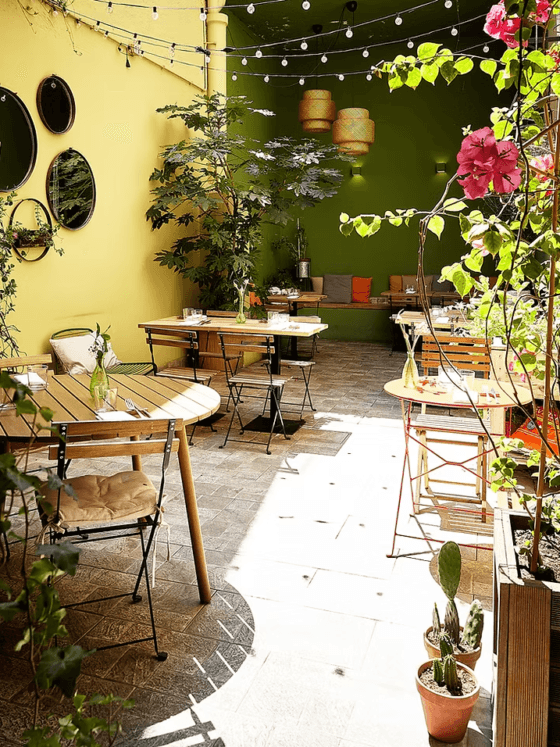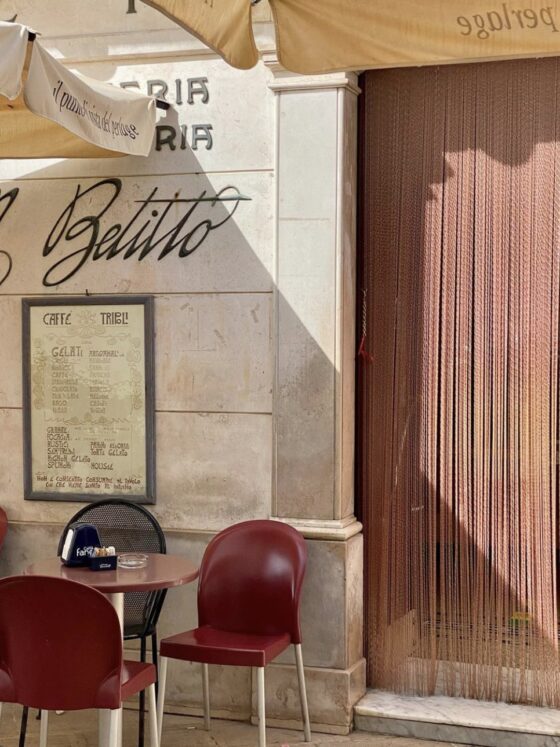Which way to go? Pizza Napoletana and Pizza Romana
Indeed, here you will find Margherita and Marinara are revered just as much, if not more, than Maradona; in case you weren’t made aware, Napoli takes its football, and pizza, seriously.
Rome and Napoli are two of Italy’s most storied cities. Rome, for obvious reasons: it’s the nation’s capital, the birthplace of civilization (or so the Romans say), and where you will find the four famous pastas (Carbonara, Amatriciana, Gricia, Cacio e Pepe). Napoli, of course, is no shrinking violet, having the Gulf of Naples, the awe of Vesuvius, adopted home of a football demi-God (his holiness, Diego), and of course, pizza Napoletana.
Indeed, here you’ll find Neapolitans revere Margherita and Marinara just as much, if not more, than Maradona. In case you weren’t made aware, Napoli takes its football, and pizza, seriously.
And it is Neapolitan pizza, wood-fired, and steeped in tradition, that has exploded in popularity all over the world; just head to Netflix, and you will find many a series devoted to the delicacy that is Neapolitan style pizza (which, by the way, holds UNESCO World Heritage Status).

Yes, some will argue that pizza napoletana is a darling of Italian food culture, but, move slightly northwest to the capital, and you’ll find a few Romans ready to convince you that when it comes to pizza, all roads do in fact, lead to Rome. Here, we examine Neapolitan pizza, Roman pizza, their similarities and their differences, and whether one can make a definitive choice as to which one reigns.

Pizza Napoletana
Neapolitans, as we have said, take their pizza very seriously. So much so, that Antonio Pace created the Associazione Verace Pizza Napoletana in 1984. The AVPN codified the rules of what makes a Neapolitan pizza authentic (“vera pizza Napoletana”). Now, almost forty years later, the rules describe Neapolitan pizza as follows:
“The consistency of the ‘Verace Pizza Napoletana’ – (Vera Pizza Napoletana) should be soft, elastic, easy to manipulate and fold. The centre should be particularly soft to the touch and taste…The crust should deliver the favour of well-prepared, baked bread.”
The dough must be milled to the standard of “doppio zero”. Then, you cook the pizza on the stone surface of a pizza oven, and only, we repeat, only in a wood fire oven at a temperature of 485 °C, (905 °F). For cooking time, the pizza should be in the oven for 60-90 seconds, and no longer. For one to consider a pizza as “vera napoletana”, it must be a margherita or marinara (pizza alla marinara is seasoned with only tomato sauce, extra virgin olive oil, oregano and garlic), the result being:
“[For] Pizza Marinara, the green of the oregano and the white of the garlic has perfectly amalgamated; In the case of the Pizza Margherita, the white of the mozzarella should appear in evenly spread patches, with the green of the basil leaves, slightly darkened by the cooking process…”
And so for Neapolitan pizza, you’ll find a soft, chewy pizza, topped with simple, fresh, and local ingredients. The risen crust, known as the ‘cornicione’, is one of the identifying features of the product. The pizza comes with a pliable center, with a puffed crust, and should be foldable. The aromas will be of freshly baked bread emanating from the wood-fired oven. You’ll have in front of you, a work of art, admired by the eyes, the tongue, and the stomach.
To live such an experience, head to L’antica Pizzeria da Michele, one of the oldest pizzerie in Napoli.

Shop our merch
Roman Pizza (Pizza Romana)
The Romans, meanwhile, have their own interpretation. As if watching their neighbours in Campania, the Romans decided to do everything opposite, to differentiate pizza Romana; in fact, in poker terms, it seems as though the Romans called the Neapolitans hand and raised the stakes; in Rome there are two main types of pizza.
Tonda Style
Although similar in look to pizza Napoletana, where pizza Napoletana is soft and puffy, Roman pizza Tonda-style is crispy and thin, with little to no “cornicione” – it is cooked for longer (some say the magic number is three minutes), and at a lower temperature. Oil is used in the dough-making process to aid in the crisping process, and the dough is “rolled” out, rather than hand stretched, to make a thinner disc.
The result is a crunchier and flatter pizza; and while there may not be any official Roman association this writer knows of checking the authenticity of the pizza, the hallmark of a true roman pizza is the “scrocchiarella”, the signature crisp you hear when the dough cracks and crumbles, much like the remaining ruins found in the ancient city.
As far as ingredients, the Romans prefer to expand the list, rather than limit it. The limits are only in the minds of the pizza maker, however, you’ll find traditional toppings such as mozzarella di bufala, anchovies, verdure, and various other meats (salami, prosciutto, etc.). Yes, one Roman response to pizza Napoletana is crunchy, thin affair, with a larger variation of toppings; but as we alluded to earlier, if the Tonda is not enough to intrigue you, the Romans offer another reply: pizza al taglio.
As if watching their neighbours in Campania, the Romans decided to do almost everything opposite, to differentiate pizza Romana
Pizza al Taglio
Step through the alleyways of Rome, and you’ll no doubt find along your journey pizza al taglio (pizza by the slice). These pizzas depart from the tonda and Neapolitan style in that pizza al taglio is square shaped, and baked in sheet pans – the slices are then cut into smaller squares, and usually sold and priced by weight. The dough is more like a tonda style, and comes out airy, yet still traditionally crispy.
While to go culture is not big in Italy, pizza al taglio is one of the exceptions; Italians looking for a quick bite or walking with friends will often pick up a few slices, or when heading home for a nice and easy meal.
For a true Roman pizza al taglio, saunter over to Bonci Pizzarium.

Pizza Napoletana and Pizza Romana: a Decision
We started by saying that Rome and Napoli are two of Italy’s most storied cities, and a look at their pizza traditions hold just as much intrigue as the cities themselves.
There’s often a desire to rank or debate which city makes a better pizza, but in our minds, there’s no need to decide. No, we take the middle road, and enjoy each style. So next time you’re in Italy, start in Napoli, enjoy pizza Napoletana and the tradition of its pizzaioli. Then head to Rome for some scrocchiarella, and some al taglio. Someone wise once told us, “comparison is the thief of joy” so we say, don’t compare other than to enjoy each for what its brings: incredible taste, and unforgettable moments.









